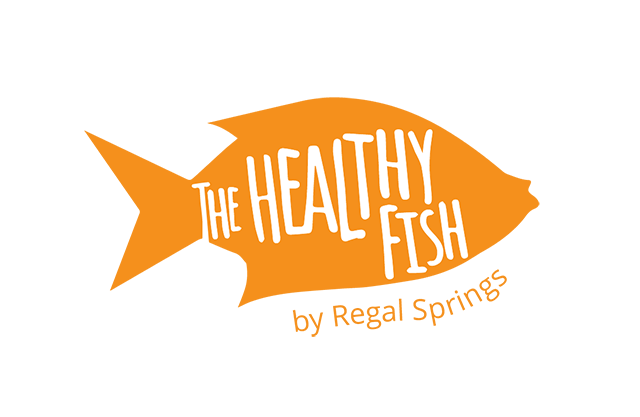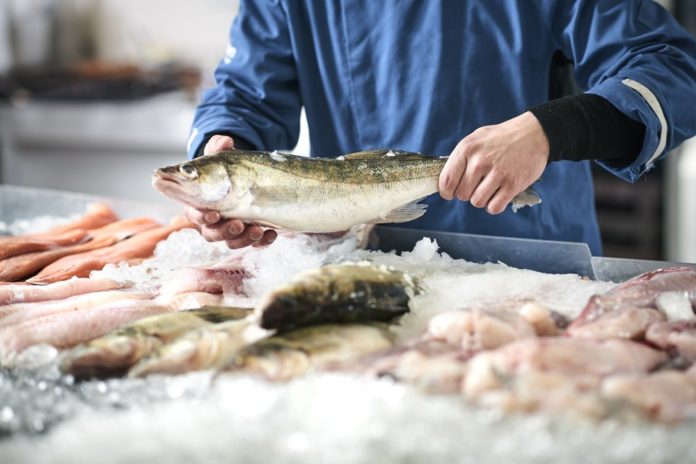In the olden days, grocery shopping meant going to the market in town and buying whatever foods they had in stock. There were no competing brands offering similar products, no different countries of origin to consider. But with the arrival of the supermarket, all that changed. Today, food can be brought in from anywhere in the world—which means shoppers have more choice than ever before. But with that choice comes responsibility. How can you tell if you’re buying the best food for your family?
Making good choices about the food you buy starts with learning more about the people who produced it and the methods they used. There are lots of ways to get information on the people who produce the ingredients for your dinner.
Check Out Their Website and Social Media
Brands’ websites, blogs or social media accounts like Facebook or Twitter are a good place to start when you’re looking for more information about them. Reputable brands want to showcase their products and be transparent about their processes, so there’s plenty of information about them online.
Of course, you’ll need to take this information with a grain of salt, since it comes directly from the brands themselves. Make sure that any facts they state can be verified elsewhere, and that the sources they’re citing are legitimate.
Talk to the Experts
Your local grocery store will have a manager for each department. If you have questions about any of the foods they’re selling, these managers should be able to help. Wondering about the differences between different fish producers, or what fish is most sustainable? Talk to the shop’s fishmonger. Want to know more about the origins or growing conditions of a certain type of fruit or vegetable, like whether or not they have been treated with pesticides? Ask to speak to the produce manager.
Look at What Others Are Saying About Them
For unbiased information about a company, try searching for a food producer on the “News” tab of Google. The articles that come up will be from third parties who are writing about the brand in question.
A related approach is to learn more about any certifications that a food producer has earned. This is most applicable for producers of animal products, but it can also extend to many other types of food. For example, produce may be USDA Certified Organic, or many different types of food (such as coffee or tea, sugar, cocoa or grains) can be certified Fair Trade. Seafood producers can be certified by organizations like the Aquaculture Stewardship Council, Ocean Wise or the British Retail Council. Read up on what these certifications actually mean—they can tell you a lot about how your food was produced.
Take a Look Into Their Facilities
If a producer is located in your hometown, give them a call or check out their website to see if they offer tours of their facilities. For producers that are farther away, look for photos or videos of their plants. For example, Regal Springs shares videos of their entire production process, so you can see how the Tilapia are raised from start to finish.
Get In Touch
Do you have questions about how your food is produced that you can’t find the answer to? You can always go directly to the source. Look up your food producers’ contact information online and get in touch—you can call, email or even post on their social media pages. Top brands will make a point of getting back to you and answering any questions you may have about how they produce their foods.
Have questions about where your Tilapia comes from? Read all about it on the Regal Springs website, or ask them a question on Facebook.
Photos: PickOne / Shutterstock Inc.






